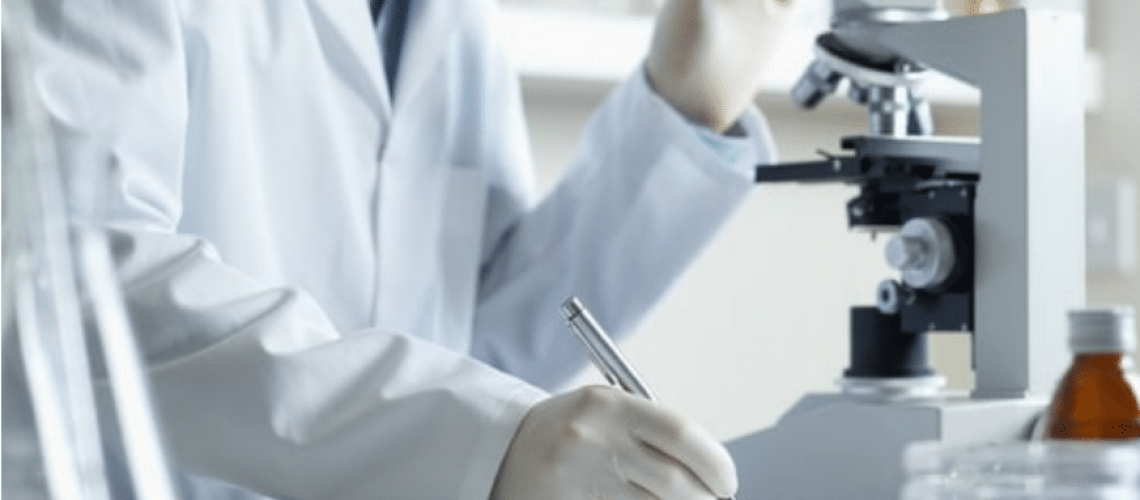What does Esketamine have to do with TMS?
While this blog focuses on Transcranial Magnetic Stimulation (TMS) Therapy for depression, as good practice, I like to share my thoughts on new treatment options as they become available. Whether it’s advances in technologies, psychotherapy approaches or the latest medication, I’m committed to informing my patients on all treatment paths.
In recent weeks, you’ve probably noticed news outlets abuzz about esketamine – a newly FDA-approved treatment option for depression. So I wanted to take this opportunity to explain the treatment and make some comparisons between esketamine and TMS.
First, let me provide a snapshot of each treatment, TMS Therapy and esketamine.
TMS Therapy
Since its FDA clearance in 2008, I’ve championed TMS as an effective, safe and durable treatment for major depression. The American Psychiatric Association (APA) determined TMS Therapy was a treatment option when someone does not respond to an antidepressant, which is consistent with the FDA indication, clinically defined as Treatment-Refractory Depression (TRD).
TMS Therapy is a non-drug treatment that utilizes a magnetic pulse to target depression at the root source. The in-office procedure is non-invasive, and the patient is awake and aware during the session. A TMS session typically lasts between 19 – 37 minutes, and a recommended full course of treatment includes five days a week for up to six weeks or at least 30 sessions. Immediately following the TMS treatment, the patient can return to their typical day, drive, and there are no adverse side effects like those associated with antidepressants. In some cases, patients may experience mild scalp discomfort.
TMS Therapy has the largest clinical data set, and more than 2 million treatments have been performed.
In the practice of TMS Therapy, we have found it to be effective and safe for patients not responding to one or multiple antidepressants. It has also been found to be durable with more than 60% of patients doing as well or better a year after the acute treatment.
Esketamine
Esketamine is the first NMDA receptor antagonist (N-methyl-D-aspartate) and has been FDA approved as a nasal spray. This is an exciting development in the mental health field, as it suggests clinicians will have a different neurotransmitter to target and this may lead to further advances that may help in treating depression.
To avoid drug misuse or abuse, the esketamine nasal spray treatment will only be available at certified healthcare facilities, and can only be administered by a healthcare provider. Patients will be required to take an oral antidepressant during the course of the esketamine nasal spray treatment which will be administered twice weekly for four weeks followed by once weekly for an additional four weeks then every one to two weeks after that.
Immediately following each nasal spray treatment, the patient must be monitored by a healthcare provider for two hours to watch for adverse side effects including dissociation, sedation, cognitive impairment, and elevated blood pressure, and the patient is not allowed to drive or operate heavy machinery until the following day.
In the clinical studies leading up to esketamine’s FDA approval, most of the treatment difference between esketamine and placebo was observed at 24 hours, demonstrating an earlier response than other treatments. Patients who responded or remitted to esketamine were less likely to relapse if they continued with maintenance.
So what do these treatments have in common?
Both TMS Therapy and esketamine target patients suffering from major depression and TRD. Both treatments are outpatient, and the patients are awake and aware during treatment.
Millions of people suffer from depression, and it takes a toll on individuals, loved ones and society as a whole. With so many people involved and the intrusion into their lives, psychiatrists like myself, look forward to advances to offer more treatment opportunities. Depression is highly treatable, yet only about 2% of the U.S. population has TRD.
In my practice, when I talk with patients about treatment options, I review the diagnosis and when we are dealing with depression, I let them know about psychotherapy, medications and neuromodulation. We breakdown the pros and cons of each treatment, as an informed decision is essential for someone to make the best decision.
As modern medicine and technology evolve, new treatments, such as esketamine will continue to be part of our mental health discussion. Collectively, all depression treatments share the same end goal—to help people achieve relief from depression and enjoy a healthier life.


